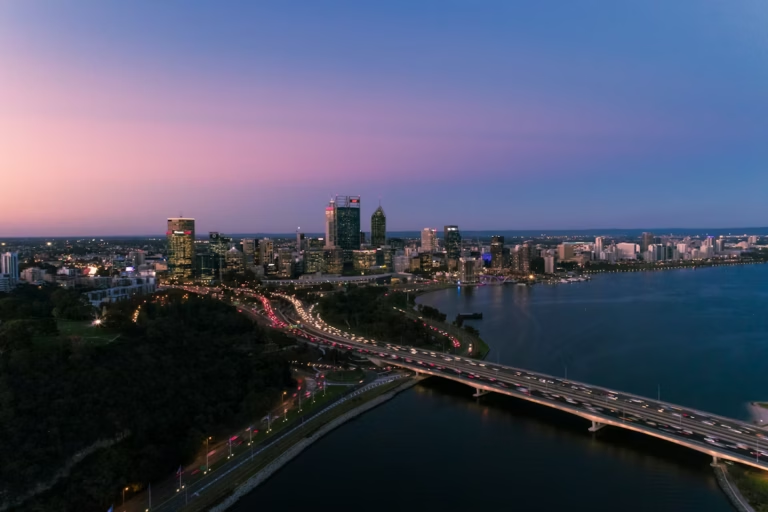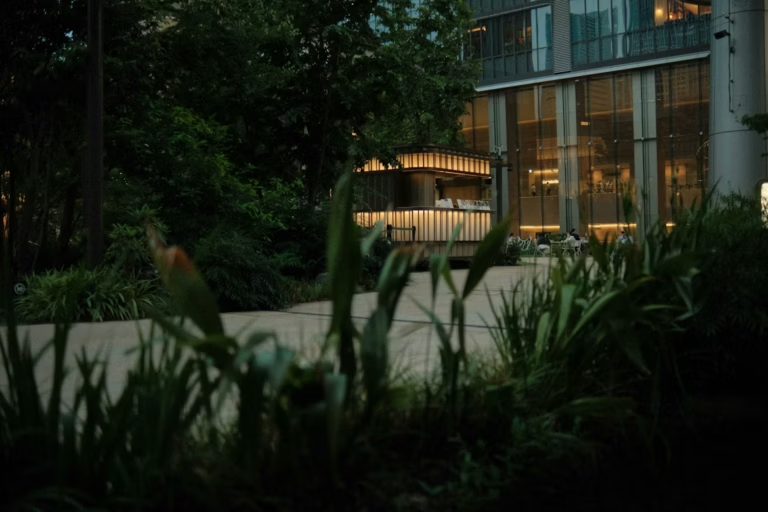Lighting plays a fundamental role in Crime Prevention Through Environmental Design (CPTED). Whether it’s a public park, laneway, shopping precinct, carpark, or school, well-designed lighting is one of the most effective ways to increase visibility, deter unwanted behaviour, and promote safe use after dark. But for lighting to serve its purpose in a CPTED strategy, it must be designed, installed, and maintained in accordance with best practice—including compliance with relevant Australian Standards.
As with any CPTED element, lighting doesn’t work in isolation. It should be considered as part of a broader assessment that includes surveillance, access control, territorial reinforcement, and environmental maintenance.
Why CPTED Lighting Matters
Poor lighting is consistently linked to increased feelings of insecurity and higher rates of antisocial behaviour. From dim laneways to overgrown carparks with limited visibility, spaces lacking sufficient illumination become vulnerable to crime or misuse.
CPTED lighting aims to do more than just light up a space—it should:
- Support natural surveillance by improving visibility from nearby buildings or passing pedestrians
- Deter potential offenders by increasing their chances of being seen
- Improve wayfinding and access so legitimate users feel confident navigating the space
- Reduce concealment by eliminating shadows and dark corners
- Work in tandem with cameras or passive surveillance methods
Simply adding more lights isn’t the answer. Strategic placement, appropriate intensity, and consistency are key.
Lighting and Australian Standards
In Australia, lighting for security and public safety is guided by several key standards. Most CPTED assessments align with the following:
- AS/NZS 1158 series – Covers lighting for roads and public spaces
- AS 4282:2019 – Control of the obtrusive effects of outdoor lighting
- AS 2201.2:2022 – For intruder alarm systems and monitoring centres (when CCTV and lighting are integrated)
When designing or assessing lighting as part of a CPTED strategy, it’s essential to meet the recommended lux levels for the environment. For example:
- Pedestrian footpaths and shared paths: Minimum of 10 lux
- Carparks and laneways: 15 lux or higher depending on use
- Entrances and exits: 20 lux or higher to ensure facial recognition and safe access
In addition to meeting these values, lighting should be uniform to avoid dark patches or sudden contrasts that can obscure movement.
Common CPTED Lighting Issues
Despite best intentions, many lighting systems fail to contribute effectively to crime prevention. Common issues include:
- Overgrown trees and vegetation blocking pole-mounted lights
- Inconsistent lux levels across a pathway or open space
- Lights placed too high, causing glare rather than useful visibility
- Fixtures that have degraded over time, reducing their output
- Placement that focuses on aesthetics rather than actual usage patterns
Lighting should also be positioned to avoid creating hiding spots behind pillars, fences, or landscaped features.
Lighting Alone Is Not Enough
While CPTED lighting is critical, it’s only one part of a successful strategy. A well-lit space can still feel unsafe or be misused if other CPTED principles are overlooked.
For example:
- If surveillance is blocked by poor sightlines or solid fencing, lighting may not deter behaviour
- If access control is weak, people can still enter areas after hours regardless of visibility
- If a space is underused, even bright lighting won’t support natural surveillance
CPTED works best when applied holistically. That includes not just lighting, but also:
- Defining clear ownership and territorial cues (signage, fencing, branding)
- Maintaining the area to reflect care and reduce disorder
- Designing for legitimate use, such as adding seating, activity zones, or passive surveillance opportunities
- Assessing vegetation to avoid creating concealment opportunities
- Using CCTV in areas where natural surveillance is limited
By considering lighting as one element in a broader CPTED framework, property managers, councils, and developers can create safer, more functional spaces that reduce risk and encourage positive use.
How Smartsec Security Solutions Supports CPTED Lighting and Assessments
At Smartsec Security Solutions, we conduct CPTED assessments across Perth and Western Australia. Our reports include lighting audits that measure lux levels, evaluate pole spacing and fixture placement, and identify environmental obstructions such as overgrowth or terrain issues.
We reference the relevant Australian Standards and provide practical, prioritised recommendations for:
- Upgrading or repositioning lighting infrastructure
- Adjusting lighting schedules or intensity levels
- Improving lighting uniformity to eliminate dark spots
- Integrating lighting with CCTV for better night-time coverage
Our assessments are always site-specific and designed to balance compliance, usability, and budget.
We also help clients understand how lighting fits into the broader CPTED picture. Each report evaluates natural surveillance, access control, territorial reinforcement, vegetation, and maintenance—ensuring that no single aspect is treated in isolation.
Whether you’re working on a public infrastructure upgrade, managing a school precinct, or addressing community safety concerns, we can help design a lighting and security strategy that meets your needs and supports long-term safety outcomes.
Illuminate Your Space—The Right Way
Lighting can dramatically change the way a space feels and functions, but only when it’s planned with purpose and placed correctly. CPTED lighting ensures your investment in safety is compliant, effective, and contributes to a more secure environment.
To book a CPTED lighting audit or full CPTED assessment, visit our Security Consulting Services page.



